Are you struggling to maintain your fence in sandy soil? Don’t worry, I’ve got you covered! In this article, we’ll explore all the tips and tricks you need to know to keep your fence in great shape, even in sandy soil. From choosing the right materials to dealing with potential challenges, you’ll find all the information you need right here.
Maintaining a fence in sandy soil can be a bit tricky, but with the right knowledge and techniques, you can ensure the longevity and durability of your fence. In this article, we’ll discuss the importance of choosing the right materials for your sandy soil, such as corrosion-resistant metals or treated wood. We’ll also delve into strategies for stabilizing your fence posts in sandy soil, including techniques like post anchors or adding stabilizers to the soil. Additionally, we’ll address common issues that may arise with a fence in sandy soil, such as erosion or shifting sands, and provide practical solutions to overcome these challenges. So, if you’re looking for expert advice on maintaining your fence in sandy soil, stay tuned for our in-depth article!
Maintaining Your Fence in Sandy Soil
Fences play a crucial role in providing security, privacy, and aesthetic appeal to your property. However, if you have sandy soil in your area, maintaining a fence can be challenging. Sandy soil has unique characteristics that require specific considerations for proper fence installation and maintenance. This article will guide you through the essential steps and techniques to effectively maintain your fence in sandy soil.
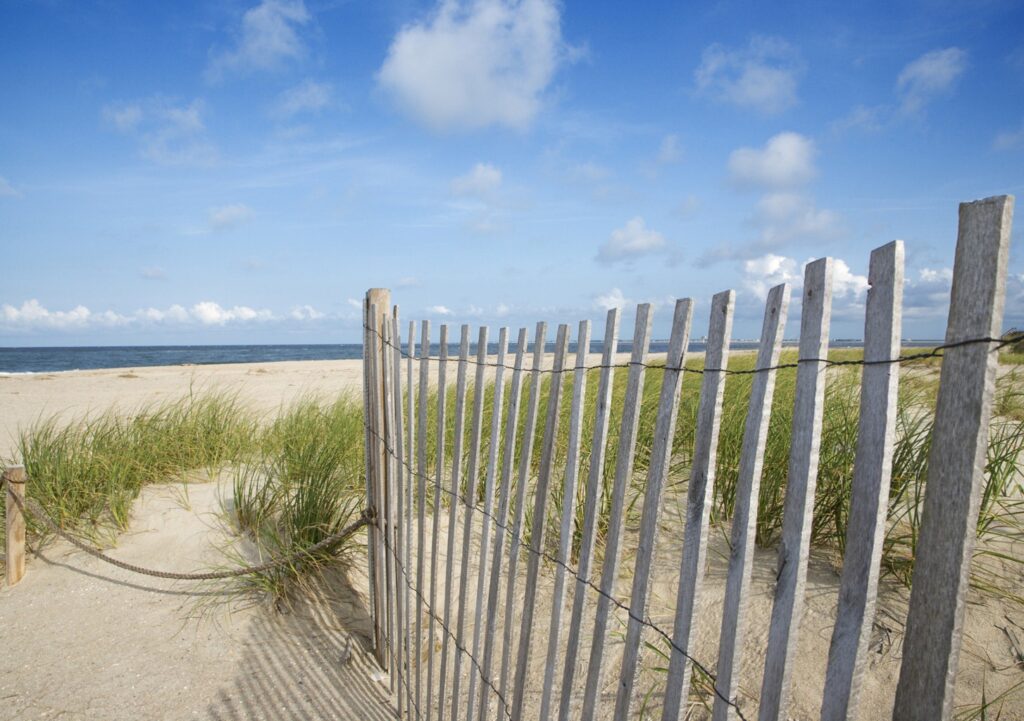
Considering the Soil Composition
Understanding the composition of sandy soil is crucial in determining the right type of fence for your property. Sandy soil is composed of larger particles that drain water quickly and have reduced stability. As a result, some fence materials may not be compatible or may require additional precautions to ensure longevity in sandy soil.
Determining the Fence Material Compatibility with Sandy Soil
Not all fence materials are suitable for sandy soil. Some materials, such as wood, may be more prone to rotting or warping due to the quick drainage and lack of moisture retention in sandy soil. On the other hand, materials like vinyl or aluminum are more resistant to these issues and can withstand the challenges posed by sandy soil.
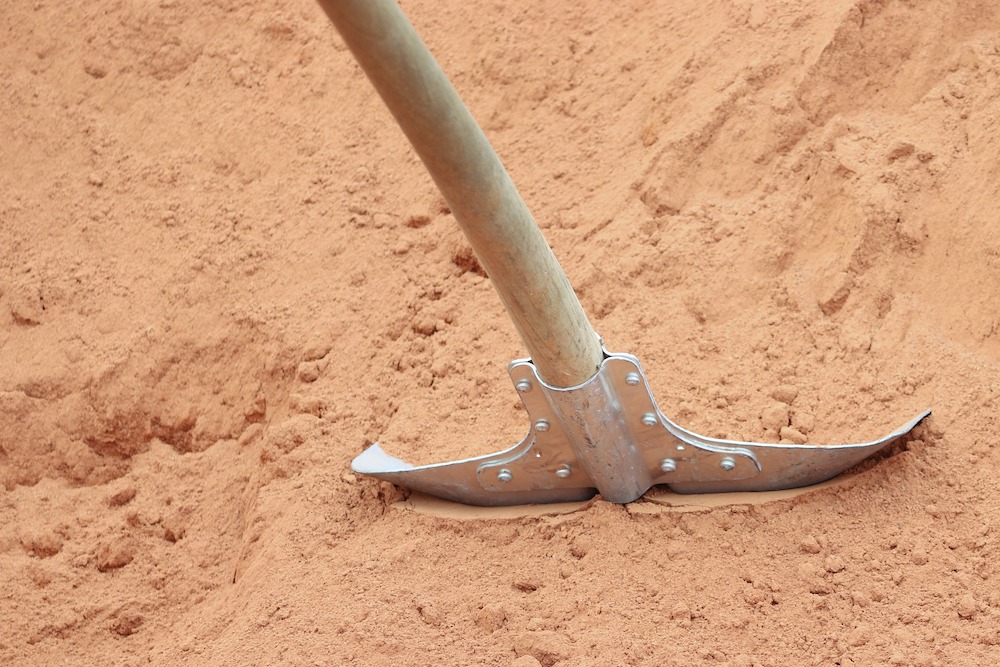
Preparing the Ground for Fence Installation in Sandy Soil
Properly preparing the ground before installing your fence is essential to ensure stability and longevity. Here are some steps to follow:
Testing the Soil Drainage
Before installing the fence, it is crucial to test the soil drainage in your sandy soil. Dig a small hole and pour water into it. If the water drains rapidly, it indicates a well-draining sandy soil. If the water does not drain quickly, it might signal poor drainage, requiring additional measures to be taken during fence installation.
Improving Soil Stability for Fence Posts
Sandy soil lacks stability, which can affect the support for your fence posts. To improve the stability, consider adding stabilizers such as gravel or compacted soil at the bottom of the fence post holes. This will create a solid base for the posts and minimize the risk of shifting or leaning over time.
Ensuring Proper Drainage for a Fence in Sandy Soil
Managing proper drainage is crucial to prevent water buildup around your fence, which can lead to erosion and potential damage. Here are two strategies to ensure adequate drainage:
Installing Drainage Systems
Consider installing a drainage system along the fence line to channel excess water away from the area. French drains or perforated pipes can effectively redirect water, preventing it from pooling around the fence and potentially undermining its stability.
Redirecting Water Away from the Fence
Another approach is to redirect water away from the fence by altering the slope of the ground. Ensure that the ground slopes away from the fence, allowing water to flow naturally and preventing it from accumulating near the fence.
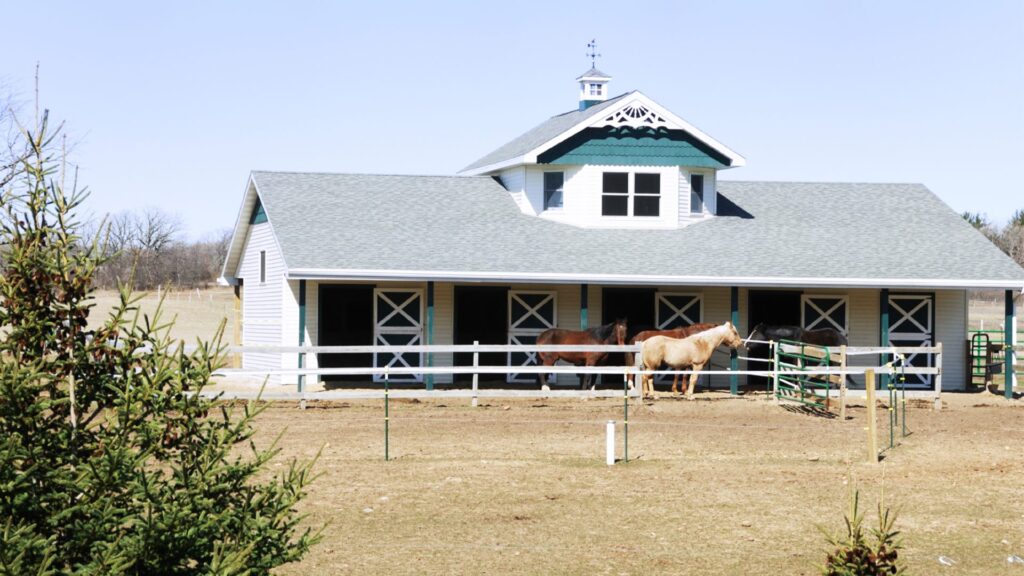
Fence Post Installation Techniques in Sandy Soil
Installing fence posts in sandy soil requires specific techniques to enhance stability and prevent issues in the future:
Choosing the Correct Post Type
Selecting the appropriate post type is crucial in sandy soil. Consider using materials such as metal or fiberglass posts, as they tend to have increased strength and durability compared to traditional wooden posts.
Digging Deep and Wide Holes for Extra Stability
To combat the lack of stability in sandy soil, it is essential to dig deeper and wider holes for your fence posts. Experts recommend digging holes that are at least one-third to one-half the length of the post above ground. This provides a solid foundation for the posts and helps prevent leaning or shifting.
Securely Anchoring the Fence Posts in Sandy Soil
Anchor your fence posts securely to enhance stability and minimize the risk of leaning or shifting. Here are two effective methods for anchoring fence posts in sandy soil:
Using Concrete Footings
Using concrete footings can significantly improve the stability of your fence posts. Dig the holes deeper than necessary and add a concrete footing at the base. This will provide additional support and prevent the posts from sinking or shifting over time.
Using Helical Anchors or Ground Screws
Another option is to use helical anchors or ground screws for anchoring the fence posts. These specialized devices twist deep into the sandy soil, creating a secure foundation for your fence. They are easy to install and can provide excellent stability even in sandy soil conditions.
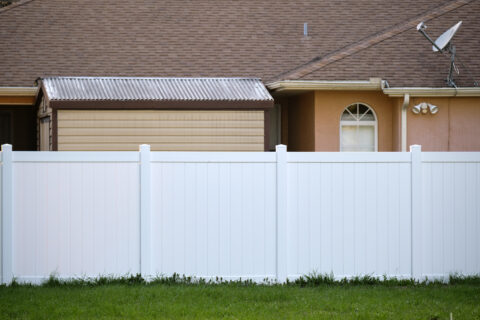
Protecting the Fence Posts from Erosion and Shifting in Sandy Soil
Sandy soil is prone to erosion and shifting, which can compromise the stability of your fence posts. Take these measures to protect your fence posts:
Applying Protective Coatings or Wraps
Consider applying protective coatings or wraps to the lower portion of your fence posts. These coatings protect the posts from direct contact with the sandy soil, reducing the risk of rotting or degradation over time.
Using Gravel or Rocks Around the Base
Placing a layer of gravel or rocks around the base of your fence posts can provide additional stability and prevent erosion. This acts as a barrier, reducing the direct exposure of the posts to the sandy soil.
Maintaining Stability of the Fence Panels in Sandy Soil
Maintaining stability of the fence panels is crucial for the overall integrity of your fence. Consider implementing the following measures:
Using Cross Bracing for Support
Incorporate cross bracing into your fence design to provide additional support and prevent sagging or warping. Cross braces can be installed diagonally between the fence posts to enhance stability, especially in areas with sandy soil.
Regularly Inspecting and Tightening Connections
Perform regular inspections of your fence to identify any loose connections or weak points. Sandy soil can cause the fence panels to shift or loosen over time. Therefore, it is essential to inspect and tighten connections periodically to maintain stability.
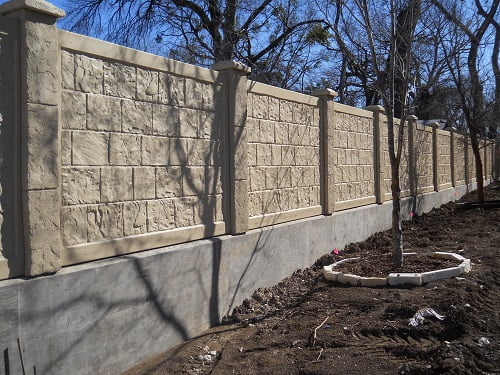
Replacing Damaged Fence Posts in Sandy Soil
Despite taking all the necessary precautions, fence posts can still be damaged or deteriorate over time. If you encounter a damaged fence post, follow these steps to replace it:
Assessing the Damage
Evaluate the extent of the damage to determine if the post can be repaired or needs to be replaced. Signs of damage may include severe leaning, rotting, or decay.
Safely Removing the Old Post and Installing a New One
To remove the old post, gently dig around the base and loosen it from the surrounding soil. Carefully lift the post out, making sure not to damage the surrounding fence or panels. Install the new post using the same techniques discussed earlier, ensuring proper stability and anchoring.
Preventing Weed Growth and Vegetation Issues in Sandy Soil
Sandy soil is prone to weed growth, which can affect the appearance and stability of your fence. Implement the following strategies to prevent weed growth and maintain a clean fence line:
Implementing Weed Barrier Systems
Install weed barrier systems along the fence line to prevent weed growth. These barriers can include landscape fabric or plastic sheets that create a barrier between the sandy soil and the weeds, minimizing their growth.
Applying Mulch or Gravel Around the Fence Line
Applying mulch or gravel along the fence line can further prevent weed growth and enhance the overall aesthetics of your fence. These materials create a barrier, deterring weed seeds from taking root in the sandy soil.
Addressing Pest Control and Termite Issues for Sandy Soil Fences
Sandy soil can attract pests, including termites, which can pose a threat to your fence. Here are two essential steps to address pest control and termite issues:
Regular Inspections for Termite Activity
Regularly inspect your fence for signs of termite activity. Look for mud tubes, swarmers, or wood damage, as these are indicators of termite infestations. If you notice any signs, contact a professional pest control service for appropriate treatment.
Using Pest-Resistant Materials or Treatments
Consider using pest-resistant materials or applying treatments to your fence to deter pests. Certain wood types, such as cedar or redwood, have natural resistance to pests. Additionally, you can apply termite treatments to protect the fence and prevent infestations.
Maintaining the Appearance of a Sandy Soil Fence
Maintaining the appearance of your fence is essential for preserving its aesthetics and prolonging its lifespan. Follow these steps to keep your sandy soil fence looking its best:
Cleaning and Removing Surface Debris
Regularly clean your fence to remove any surface debris, such as dirt, dust, or cobwebs. Use a mild detergent and a soft brush or cloth to gently scrub away stains. Rinse with water and allow the fence to air dry.
Applying Protective Stains or Paints
Consider applying protective stains or paints to your wooden fence to enhance its appearance and protect it from UV rays, moisture, and other environmental factors. Choose products specifically designed for sandy soil conditions to ensure maximum durability.
Managing Wind and Storm Damage for Sandy Soil Fences
Sandy soil fences are susceptible to wind and storm damage due to the lack of stability. Implement the following strategies to minimize the risk of damage:
Reinforcing Fence Posts and Panels
Regularly inspect your fence after severe weather events to identify any damage or weaknesses. Reinforce the fence posts and panels as needed by tightening connections, replacing damaged components, or adding additional support braces.
Implementing Wind-Resistant Design Elements
Consider incorporating wind-resistant design elements into your fence, such as slatted panels or mesh screens. These design features allow wind to pass through, reducing the risk of damage during high wind events.
Winterizing and Protecting Sandy Soil Fences in Cold Climates
Cold climates present their own challenges for sandy soil fences. Here are two essential steps to winterize and protect your fence:
Removing Snow and Ice Buildup
Regularly remove accumulated snow and ice from your fence to prevent excessive weight that can cause leaning or damage. Use a soft brush or plastic shovel to gently remove the snow without scratching or damaging the fence.
Applying Anti-Icing Agents or Salt
To prevent ice buildup and make snow removal easier, consider applying anti-icing agents or salt along the fence line. These substances can help prevent snow and ice from adhering to the fence and reduce the risk of damage.
Conclusion
Maintaining a fence in sandy soil presents unique challenges that require special considerations and techniques. By understanding the soil composition, choosing the right fence materials, preparing the ground properly, and implementing maintenance strategies, you can ensure the longevity and stability of your sandy soil fence. Regular inspections, repairs as needed, and preventive measures will help you maintain a beautiful and functional fence for years to come.
Remember, proper fence maintenance is crucial, especially in sandy soil conditions. By following the tips and considerations outlined in this article, you can enjoy a sturdy and attractive fence that stands the test of time.
Whether you’re installing a new fence or maintaining an existing one, be sure to consult and work with professionals to ensure optimal results. They can provide expert advice tailored to your specific sandy soil environment and help you make informed decisions throughout the process.
Maintaining a fence in sandy soil may require extra effort, but with the right knowledge and techniques, you can overcome the challenges and enjoy a durable and beautiful fence that enhances the security and appearance of your property.
For more information about fence maintenance and other fencing-related topics, visit our website FenceDude.org. Our blog covers all aspects of fencing and provides valuable insights for homeowners and fence enthusiasts alike.
Remember, by taking proactive measures and investing in proper fence maintenance, you can enjoy the benefits of a well-maintained fence in sandy soil for years to come. Happy fencing!